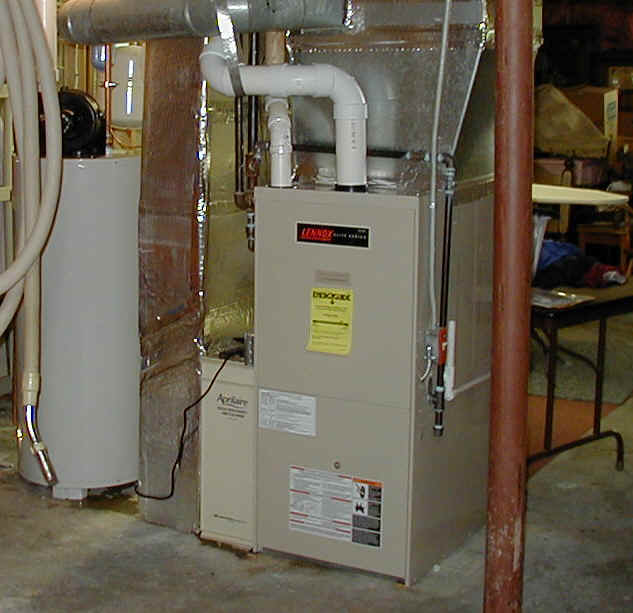A Homeowner’s Guide to Energy
While Autumn is moving in, we still can experience a few more warmer days. Before we turn off the air conditioner for the season, we should re-consider a few important points that will keep next summer’s costs down.
Energy consumption is a popular topic of conversation among homeowners, especially in our humid midwest and especially during the summer. That’s because energy costs are a homeowner’s third largest housing expense behind the mortgage payment and taxes.
Maybe there is something to all that talk about compromising comfort, especially if money can be saved.
Even a change of one or two degrees can mean a significant savings in energy, according to Criterium Engineers (www.criterium-engineers.com).
First, some basics. An air conditioner is actually a heat mover. A heat pump or air conditioner moves heat from the conditioned space to the unconditioned space. A compressor is common to both a heat pump and an air-conditioning unit. Using a refrigerant and a coil, the compressor “squeezes” heat out of the conditioned air, thus “moving” the heat from where it is not wanted to some place more acceptable, typically outside.
Heat pumps and air conditioners measure efficiency with the coefficient of performance or COP. This is the ratio of electricity used to heat moved. An efficient device will have a COP of 5 or 6. The higher the number, the more efficient the unit.
If you shop for a heat pump or air conditioner, you may see a rating called the seasonal energy efficiency rating or SEER. A low-end SEER, typical for window air conditioners, is 10. New, larger units may go to 18. In short, higher is better. A unit with a SEER of 18 costs half as much to run as one with a SEER of 9. For new equipment, expect a SEER of at least 12.
While these ratings are good guidelines, remember that they are ratings for a new unit. As equipment gets older, it becomes less efficient. Good annual maintenance helps slow the deterioration.
If you want to have an energy-efficient home, your house needs to do a good job of separating the conditioned air from the unconditioned air. But keep in mind that while an air-tight home will be the most efficient to operate, it also will be the most uncomfortable because little fresh air gets inside.
Indoor air quality must be considered when you try to optimize home energy efficiency. The experts say the ideal condition is a completely sealed house with an independent fresh air source on the air-conditioning system.
Half of the average home’s energy bill during the summer goes to cool the home. If your air conditioning system is more than ten years old, you might consider upgrading to one that’s more efficient. According to the EPA, a correctly sized and installed Energy Star cooling system supported by a properly sealed duct system can save you as much as 20 percent on your annual energy costs and will use 25 to 40 percent less energy.
If you are buying an air conditioner, you might want to visit www.eren.doe.gov/consumerinfo. There you will find numerous fact sheets on appliances, building design, cooling, humidity control, swimming pools and more. There’s even a place to ask an energy expert a question.
Also, the EPA has quite a bit of information about the “Energy Star” program at www.energystar.gov. On their site, you can get an analysis of your home’s energy efficiency by answering a few questions.
Thank You and Have a Great Day
Marina Jacobson
Broker, SFRDirect: 847-510-5009
Cell: 847-361-5605
Fax: 847-510-5109
Click Here For Your FREE Home Search
Your #1 Agent!
Certified Distressed Property Specialist
Search 1000’s of Homes at
www.MarinaJacobsonHomes.com


